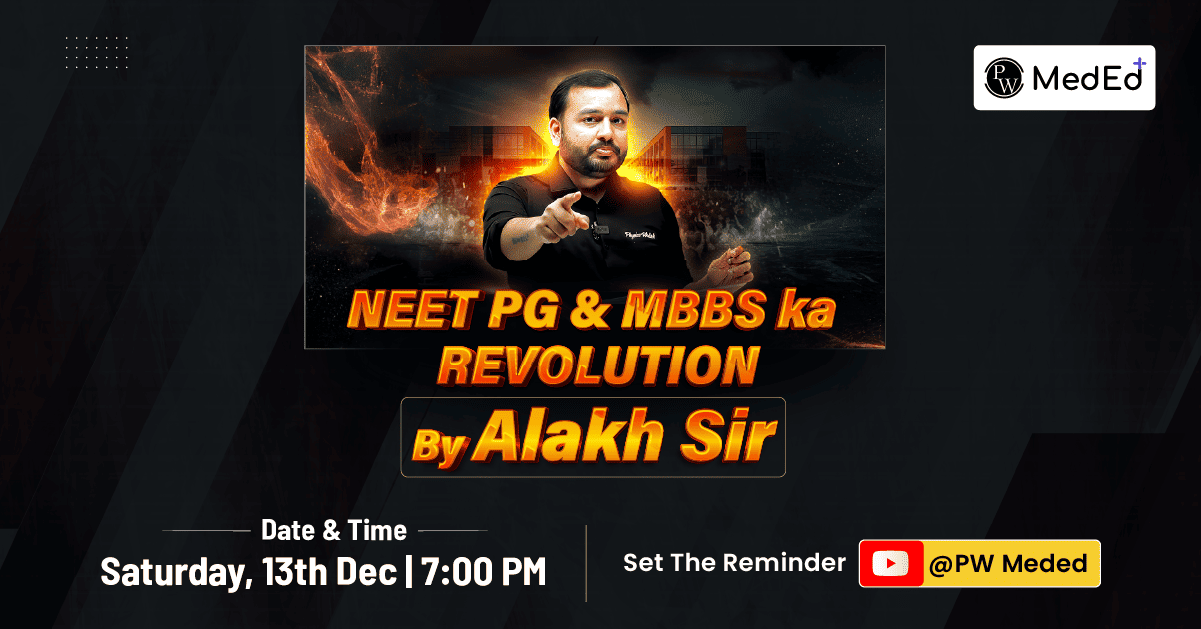
The Pelvis and Viscera: In Greek Pelvis means ‘Bowl’ and Viscera meaning ‘Internal organs’
The pelvis is a basin-shaped structure that supports the weight of the upper body when sitting and standing. It consists of three main bones: the ilium, ischium, and pubis, which fuse together in adulthood to form the pelvic girdle. The pelvis is divided into two regions: the greater (false) pelvis and the lesser (true) pelvis . The greater pelvis supports the lower abdominal organs, while the lesser pelvis contains the pelvic organs. The pelvic girdle provides attachment points for various muscles and ligaments, playing a crucial role in locomotion and stability. It also houses and protects the pelvic organs, including the bladder, rectum, and in females, the uterus and ovaries.Visit - MedEd App
Read More - Pharyngeal Arches
Pelvic Viscera: The Organs Within
Pelvic viscera refer to the internal organs located within the pelvic cavity. These include the urinary bladder, distal ureters, rectum, and in females, the reproductive organs such as the uterus, fallopian tubes, and ovaries. In males, the pelvic viscera include the prostate gland, seminal vesicles, and part of the vas deferens.The Urinary Bladder
The urinary bladder is a hollow, muscular organ that stores urine produced by the kidneys before it is excreted through the urethra. It is located behind the pubic symphysis and varies in size and shape depending on the amount of urine it contains. The bladder wall is composed of layers of smooth muscle called the detrusor muscle, which contracts during urination to expel urine.The Rectum
The rectum is the final section of the large intestine, terminating at the anus. It functions as a temporary storage site for feces before they are expelled from the body. The rectum has a rich blood supply and nerve endings, which contribute to the sensation of the need to defecate. It also has sphincters that control the passage of stool, maintaining continence.Read More - Radiodiagnosis
Female Reproductive Organs
In females, the pelvic cavity houses several reproductive organs. The uterus is a pear-shaped organ where fetal development occurs. It is supported by several ligaments and is highly dynamic, changing size and position throughout a woman’s life. The ovaries are small, almond-shaped glands that produce eggs and hormones like estrogen and progesterone. The fallopian tubes transport eggs from the ovaries to the uterus, and fertilization usually occurs here.Visit - MedEd App
Male Reproductive Organs
In males, the pelvic viscera include the prostate gland, which surrounds the urethra just below the bladder. The prostate produces seminal fluid, which nourishes and transports sperm. The seminal vesicles are two small glands that also secrete fluid that becomes part of the semen. The vas deferens is a duct that carries sperm from the testes to the urethra in preparation for ejaculation.Pelvis and Perineum FAQs
What is Pelvic Organ Prolapse?
Pelvic organ prolapse occurs when the muscles and tissues supporting the pelvic organs weaken, causing one or more organs to drop into or out of the vaginal canal. This condition can result in discomfort, urinary and bowel issues, and sexual dysfunction.
What is Symphysis Pubis Dysfunction?
It is too much relaxation of pubic symphysis leading to too much laxity in the ligament. It is commonly associated with pregnancy due to secretion of relaxin hormone.it can cause significant discomfort and impact daily activities.
What is Benign Prostatic Hyperplasia?
BPH is a non-cancerous enlargement of the prostate that can cause urinary difficulties. Most common in old males.
Talk to a counsellorHave doubts? Our support team will be happy to assist you!

Free Learning Resources
PW Books
Notes (Class 10-12)
PW Study Materials
Notes (Class 6-9)
Ncert Solutions
Govt Exams
Class 6th to 12th Online Courses
Govt Job Exams Courses
UPSC Coaching
Defence Exam Coaching
Gate Exam Coaching
Other Exams
Know about Physics Wallah
Physics Wallah is an Indian edtech platform that provides accessible & comprehensive learning experiences to students from Class 6th to postgraduate level. We also provide extensive NCERT solutions, sample paper, NEET, JEE Mains, BITSAT previous year papers & more such resources to students. Physics Wallah also caters to over 3.5 million registered students and over 78 lakh+ Youtube subscribers with 4.8 rating on its app.
We Stand Out because
We provide students with intensive courses with India’s qualified & experienced faculties & mentors. PW strives to make the learning experience comprehensive and accessible for students of all sections of society. We believe in empowering every single student who couldn't dream of a good career in engineering and medical field earlier.
Our Key Focus Areas
Physics Wallah's main focus is to make the learning experience as economical as possible for all students. With our affordable courses like Lakshya, Udaan and Arjuna and many others, we have been able to provide a platform for lakhs of aspirants. From providing Chemistry, Maths, Physics formula to giving e-books of eminent authors like RD Sharma, RS Aggarwal and Lakhmir Singh, PW focuses on every single student's need for preparation.
What Makes Us Different
Physics Wallah strives to develop a comprehensive pedagogical structure for students, where they get a state-of-the-art learning experience with study material and resources. Apart from catering students preparing for JEE Mains and NEET, PW also provides study material for each state board like Uttar Pradesh, Bihar, and others
Copyright © 2025 Physicswallah Limited All rights reserved.
Get App









